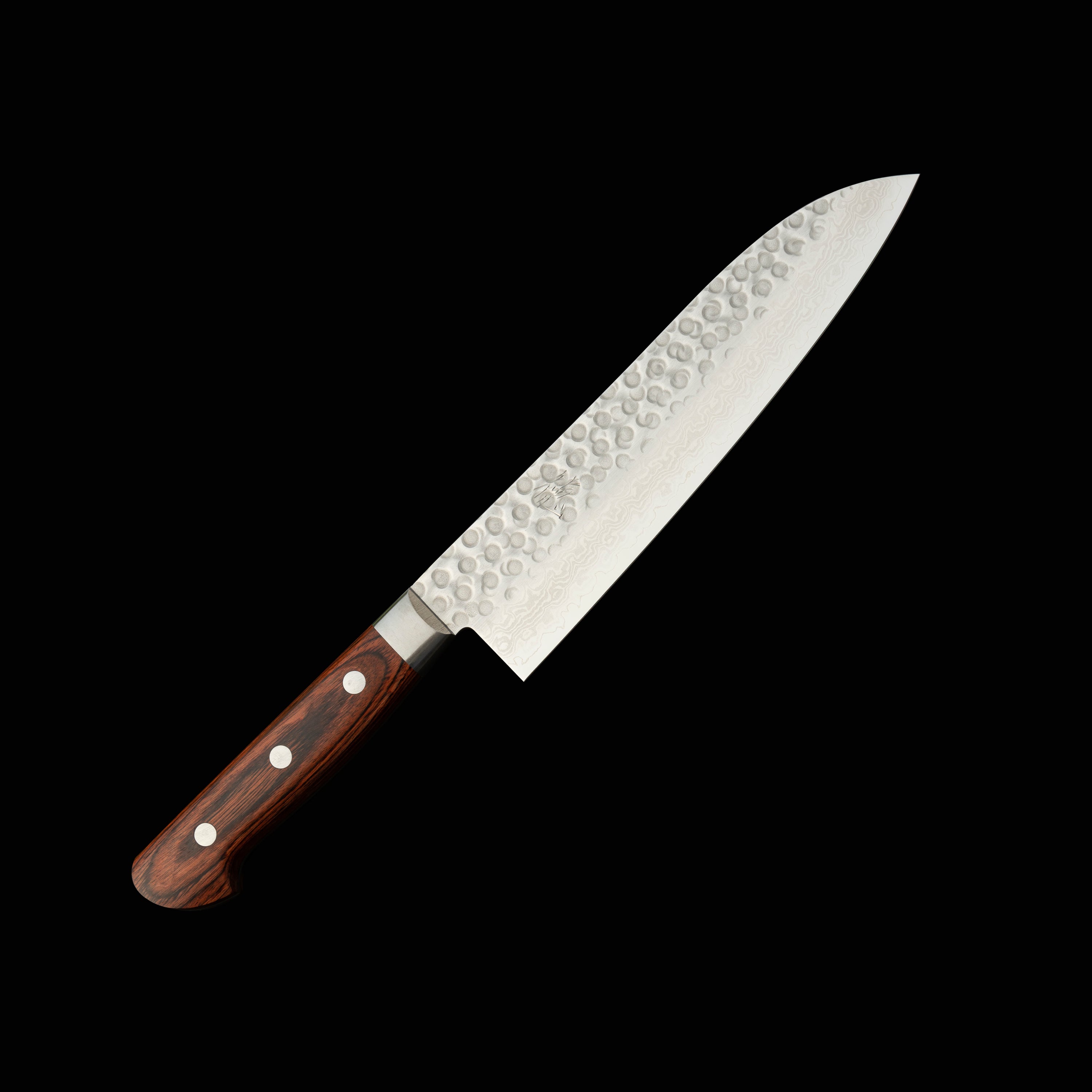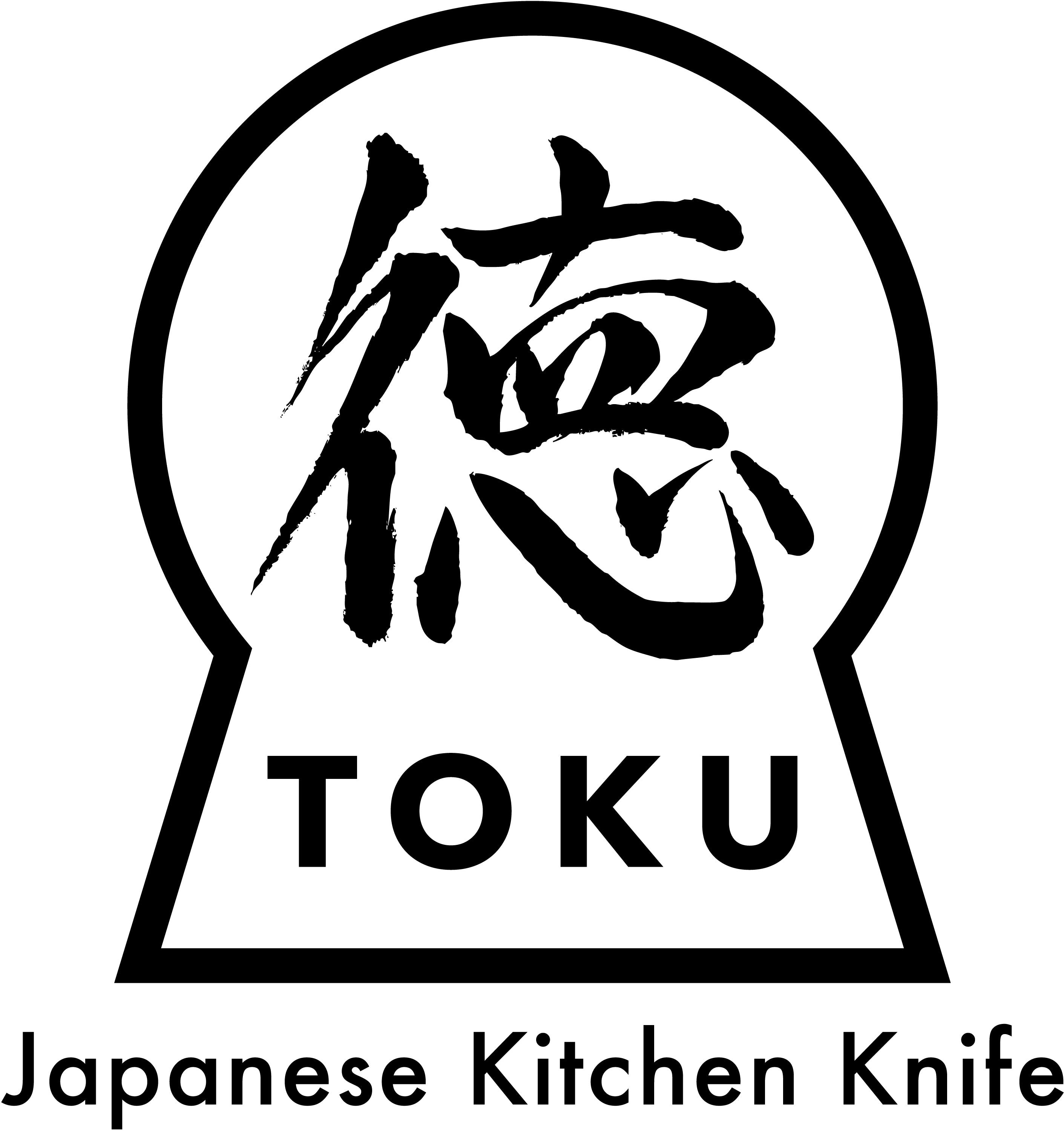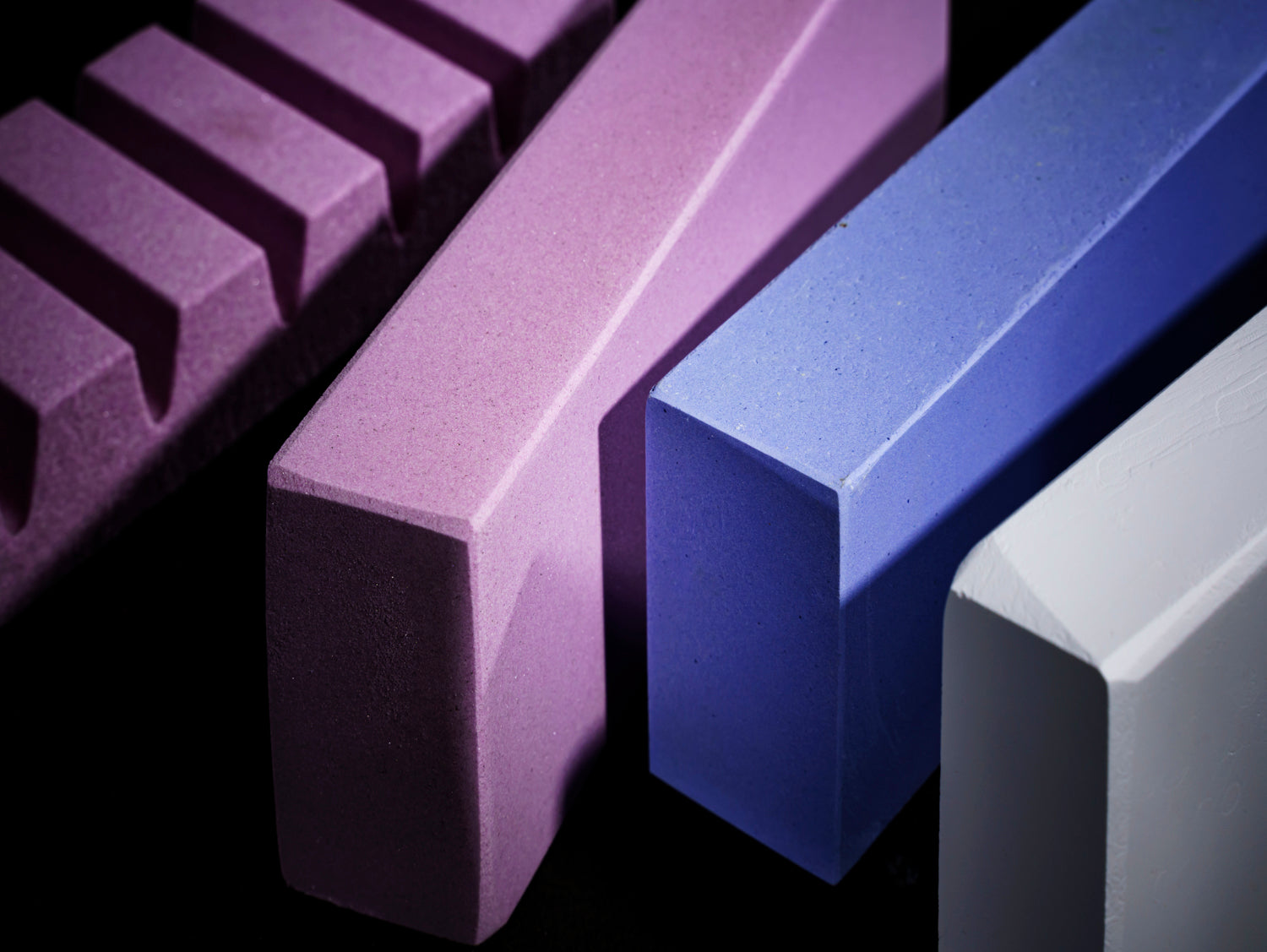
[2024] Recommended knives for women
I am Okudaira, the owner of "Japanese Kitchen Knife TOKU''.
Thank you for your continued support of "Japanese Kitchen Knife TOKU'' this year as well.
We want to sell knives made in our hometown of Sakai, Osaka, so we purchase and sell knives made in Sakai from a knife manufacturer in Sakai.
We don't just sell knives, we visit a number of blacksmiths and bladesmiths in Sakai to help our customers understand knives, experience the actual work, and hear from the craftsmen. I'm here. In addition to Sakai, we also visit Seki in Gifu, Tsubame-Sanjo in Niigata, Tanegashima in Kagoshima and Katsushika in Tokyo, in an effort to deepen our understanding of the characteristics and commitment of each.
Recommended knives for women
In a previous blog, I wrote about how to choose a new knife.
[2024] Knife Recommendations Which new knife should I buy? – Sakaitoku Knife (japanknifetoku.com)
I wrote that there are 1) ways to choose by the material of the knife, 2) a way to choose by the intended use, and 3) a way to choose by the type of knife .
This time, I would like to take a slightly different perspective and look at knives recommended for general household use and for women.
When we ask housewives who often cook at home where they buy knives, we hear that they buy them at home centers or supermarkets. Most knives sold at home centers and supermarkets are stainless steel Santoku knives.
If you listen to what people say when they buy a knife at a home center or supermarket, you'll hear them say, "It's new, but it doesn't cut," or "It stops cutting quickly."
Maybe you keep using it because you feel like it won't cut, and you don't know how to sharpen it, or maybe you buy a new one after a few years.
This time, we would like to take a look at knives recommended for housewives and women who live alone and cook for themselves.
① Santoku knife is recommended
If you are choosing by type, it is best to choose the Santoku knife, which can be used as an all-purpose knife. Santoku means that it can be used to cut meat, fish, and vegetables.
If you cut frozen food or fish in a way that removes the head, there is a possibility that the blade will spill, but in a typical household, you probably don't have many opportunities to cut like that, so a Santoku knife is a good idea. I think that's enough.
The blade length of Santoku knives is mainly 165mm or 180mm . The weight doesn't vary much, but I think it's best to choose one that matches the size of the food you'll be cutting.
Speaking of all-purpose knives, the Gyuto knife is also an all-purpose knife, but the main blade lengths are 210mm and 240mm , so since the knife itself is large, I think it would be better to think of it as a knife for men.
Most Santoku knives are double-edged and are treated as Western knives. Most are made of stainless steel, but some are made of steel.
Among stainless steel materials, there is a recently popular steel material called VG10 , which is made of molybdenum, which is not as hard as VG10 , but can be purchased relatively cheaply. On the other hand, there are materials with high hardness such as Silver paper No. 3.
Among the knives sold as stainless steel knives, there are knives that look like they are made of stainless steel, but the part of the blade called the core is made of steel.
What you should know about is the knife making process called Warikomi.
Those that are made entirely of stainless steel are resistant to rust, but since the blade of the Warikomi is made of steel, the blade will rust. I think it can be said that this knife combines the best features of stainless steel and steel.
Personally, I recommend a blade that has a stainless steel blade that is easy to sharpen and can be used for a longer period of time.
If you are going to purchase one, we recommend that you purchase a higher-grade knife that costs over 10,000 yen, rather than one that is easier to purchase under 10,000 yen.
The reason for this is that a higher-grade knife will last a lifetime for ordinary households. If you resharpen a higher-grade knife, it will be as sharp as new! Even when new, the blade is firmly attached, so the sharpness is excellent!
Check out the sharpness of the Santoku knife https://youtu.be/jr0cvVewNXg
If you have never sharpened a knife or don't know how to sharpen it, you can ask a knife specialty shop to sharpen it for you, so you don't have to worry about sharpening it yourself.
Sakaitoku knife resharpening service Inquiry for resharpening – Sakaitoku knife (japanknifetoku.com)
If you buy a knife that costs 5,000 yen every three years and replace it 10 times every 30 years, it will cost you 50,000 yen, but if you buy one knife that costs 15,000 yen and send it in for sharpening once every two years, 15,000 yen. The total is 30,000 yen. Also, considering that the sharpness of the 15,000 yen one is better, which one is better to buy?
First of all, we would like you to experience the cutting edge of this knife!
② It is convenient to have a Petty knife.
A petty knife is a handy knife to have at home. When you think of a fruite knife, some people may think of it.
Like Santoku knives, most of them are made of stainless steel, and the blade lengths are 120mm , 135mm , and 150mm , which are smaller than Santoku knives.
The petty knife is a smaller version of the gyuto, and since the gyuto is an all-purpose knife, some people use the petty knife to do detailed work in cooking.
Many of the materials sold are VG10 and molybdenum, similar to Santoku knives. Steel petty knives are also available.
Since I often cut fruits and small vegetables such as cherry tomatoes, I think it will cut well even if I don't choose a hard material.
I think it can be used as a secondary knife when you take your Santoku knife out for resharpening.
summary
A stainless steel Santoku knife is recommended for housewives and women who live alone and cook for themselves. The best one is a higher-grade one with a price of 10,000 yen or more! It is best to choose molybdenum or VG10 steel.
By re-sharpening the knife yourself or having it regularly re-sharpened at a knife specialty store, I think it will be a knife that will last a lifetime.
We also recommend purchasing a petty knife as a second knife.
It can be used not only for fruits, but also for detailed work when cooking, or as a sub-knife for the Santoku knife, so I think it would be a useful knife to have.
Let's go to a knife store!
If you don't understand it until you see it, go to a knife store and try holding a knife. However, most stores do not allow you to try cutting the knife, so you cannot check the sharpness before purchasing.
If you don't have a store that sells knives near you, it's best to purchase from a knife specialty store's mail order site.
"Japanese Kitchen Knife TOKU" has a video showing the actual cutting process, so please use it as a reference.
https://www.youtube.com/@japanknifetoku/videos



Leave a comment
This site is protected by hCaptcha and the hCaptcha Privacy Policy and Terms of Service apply.